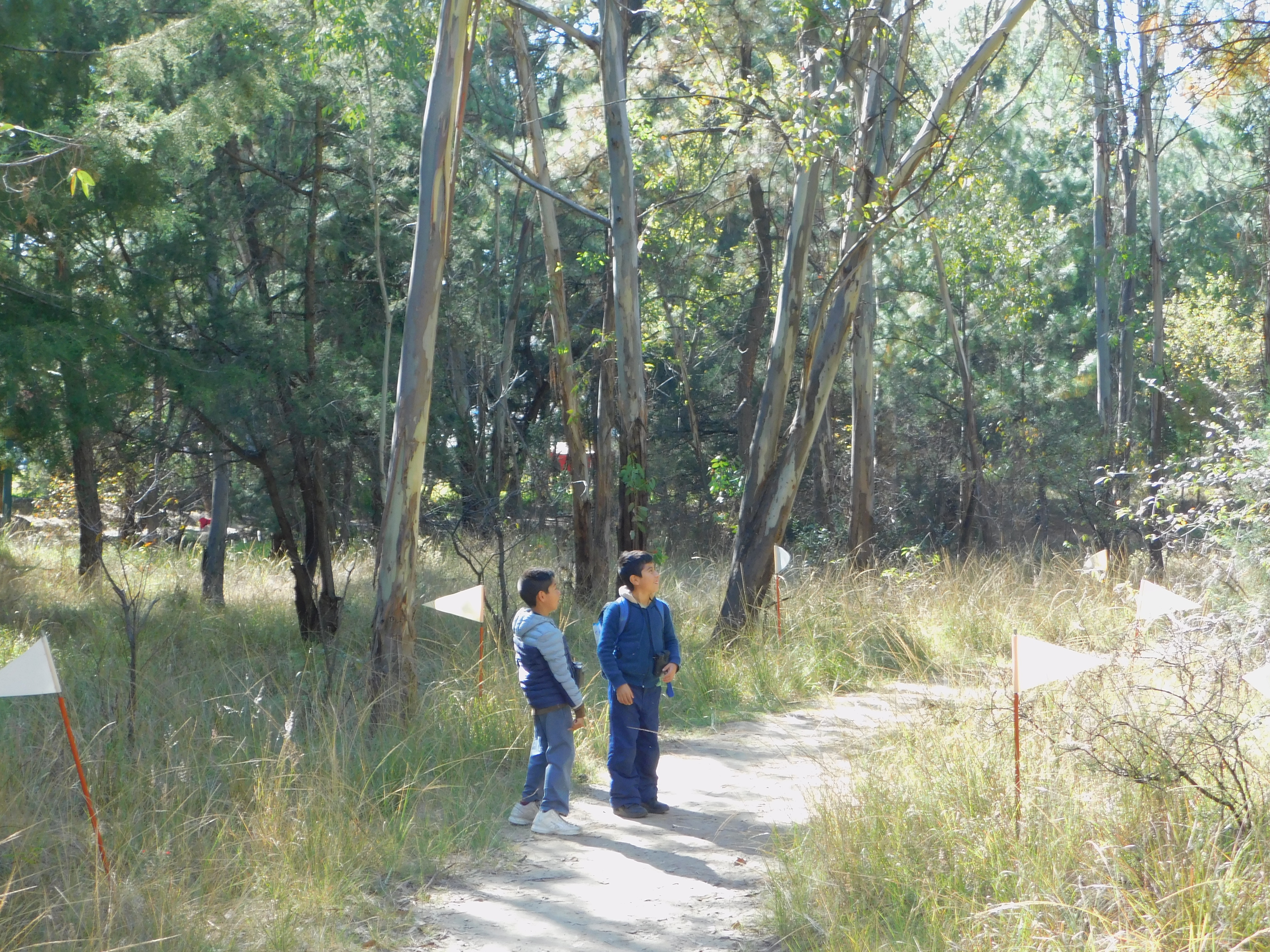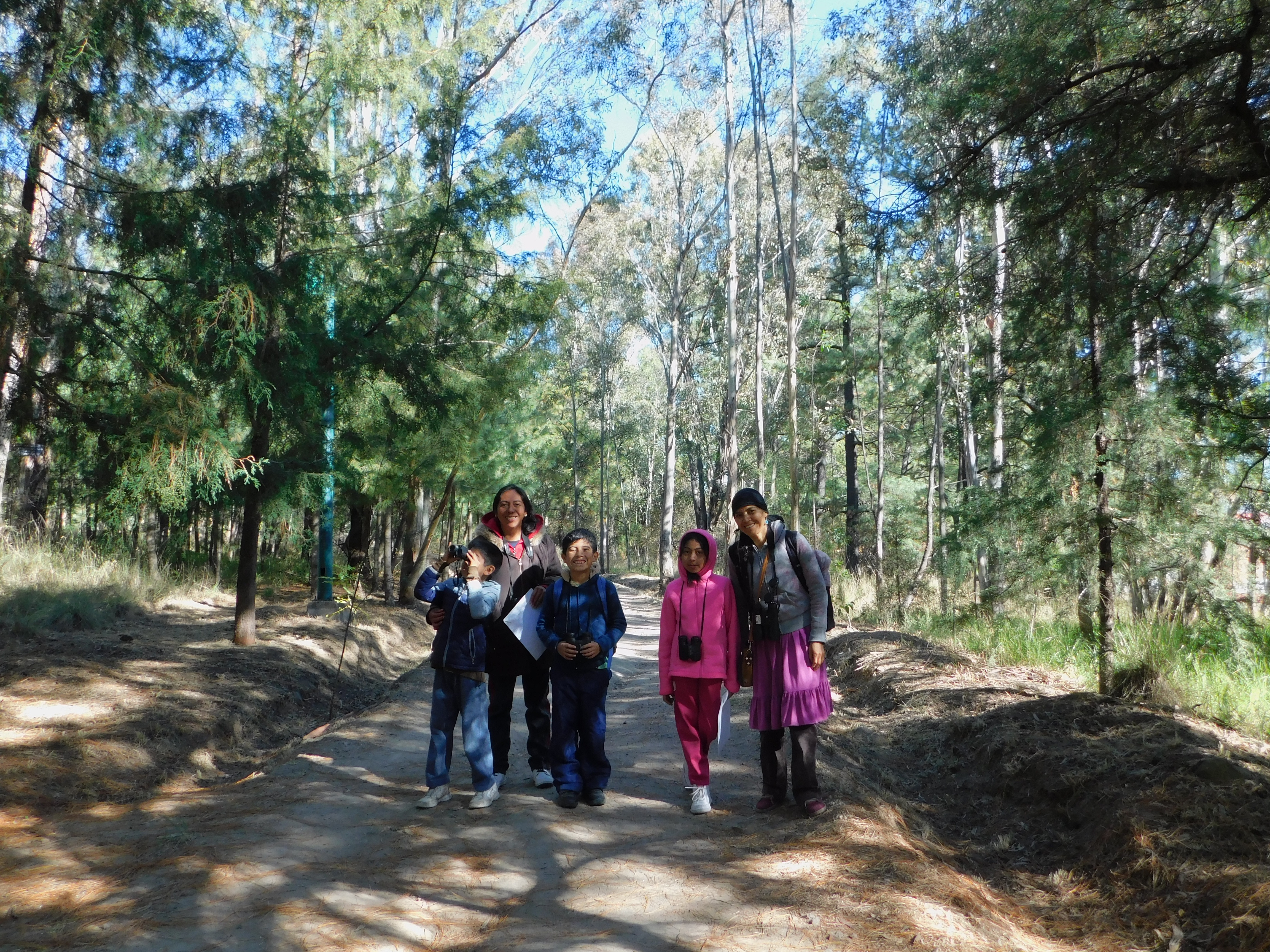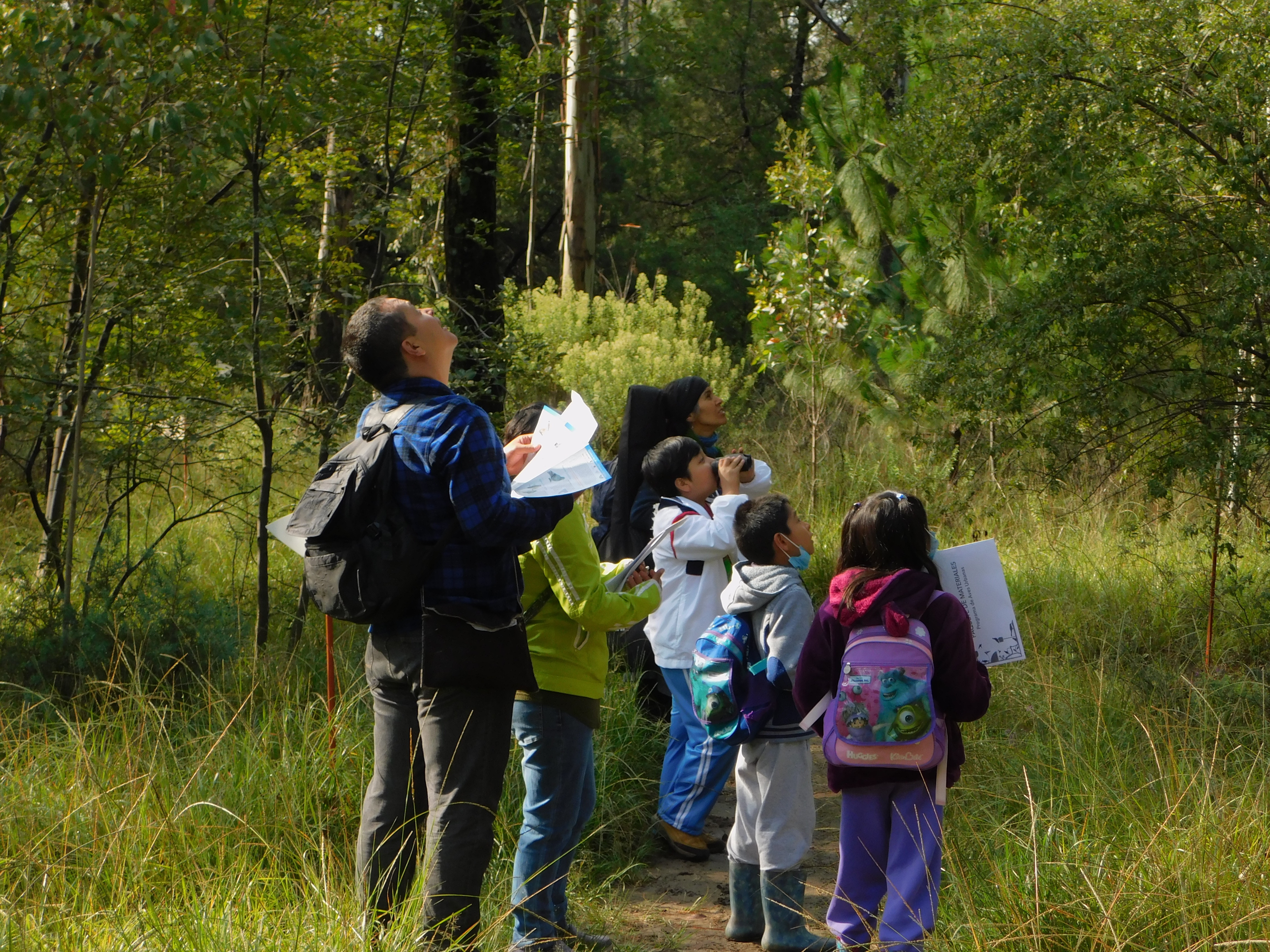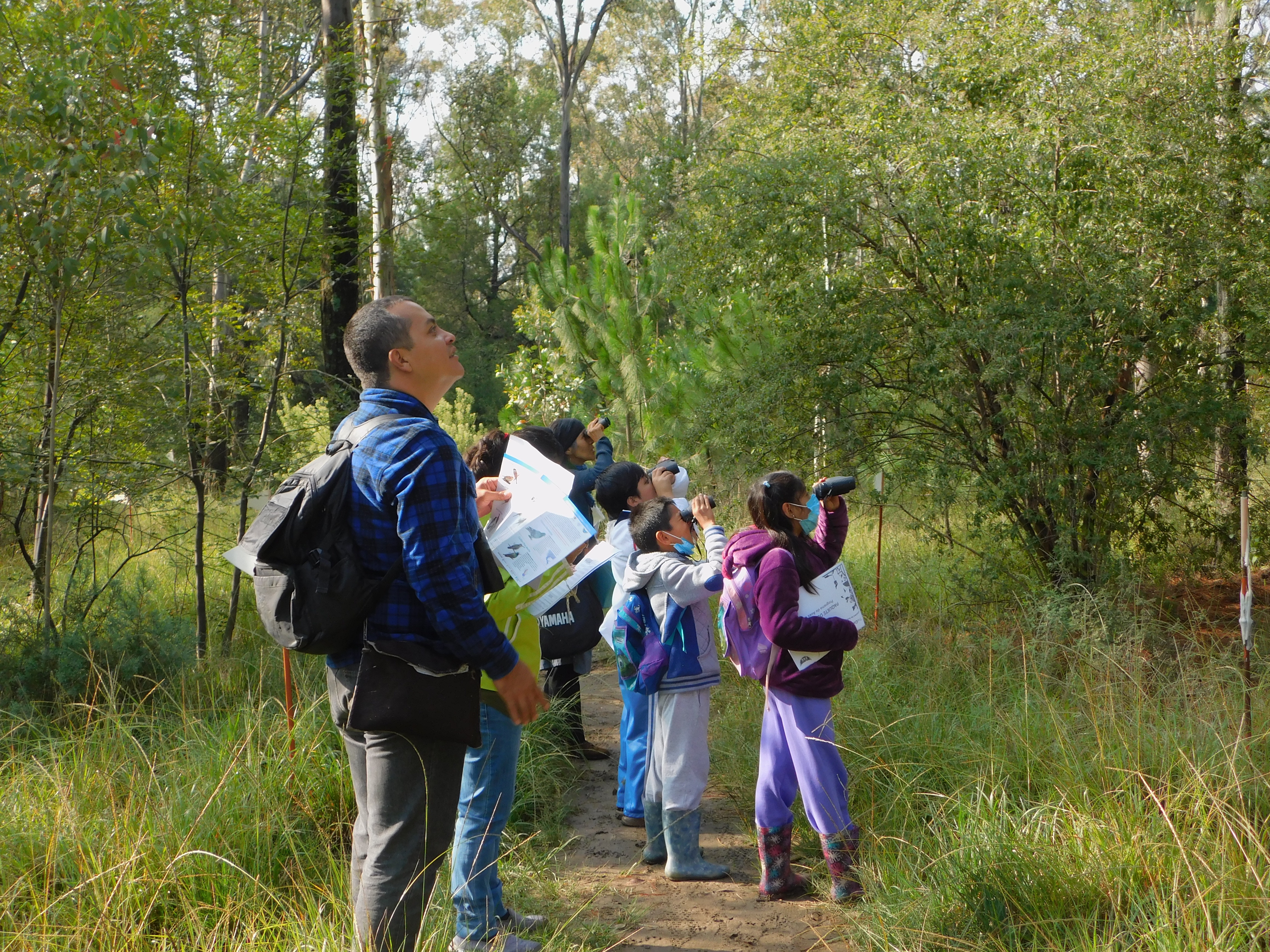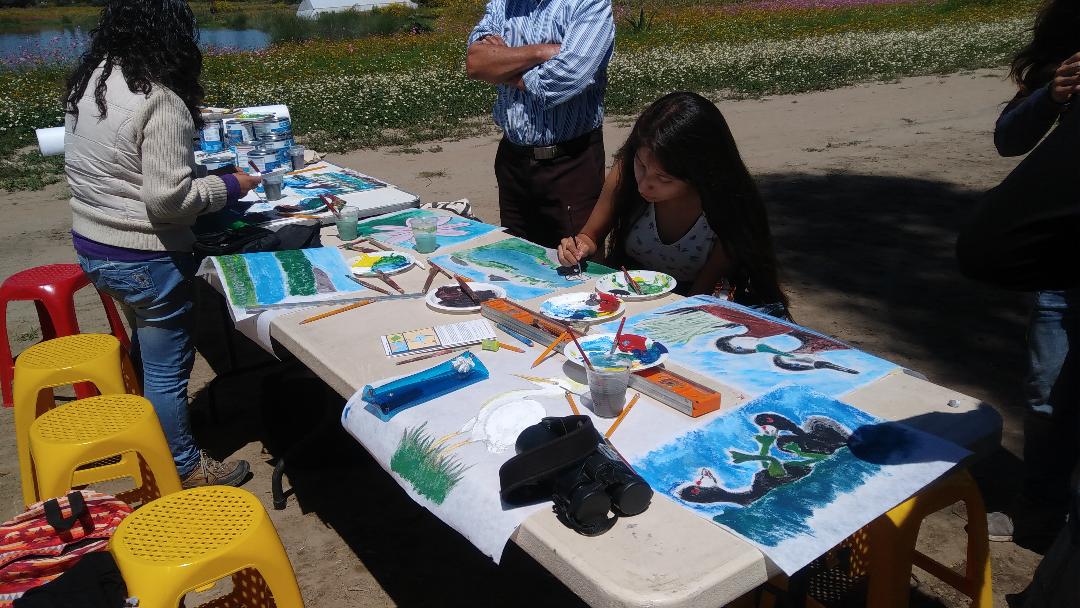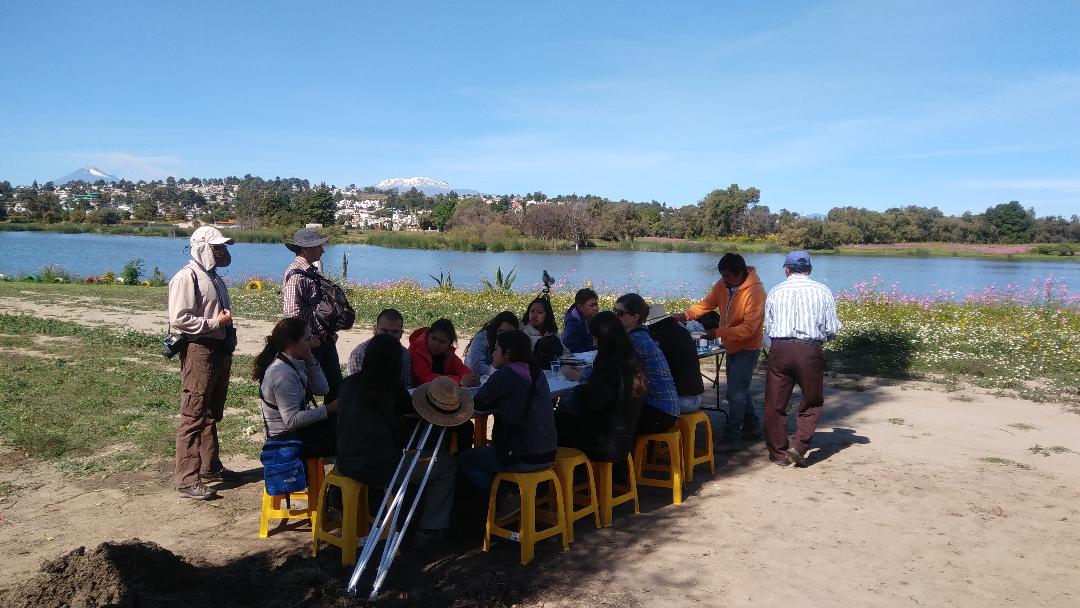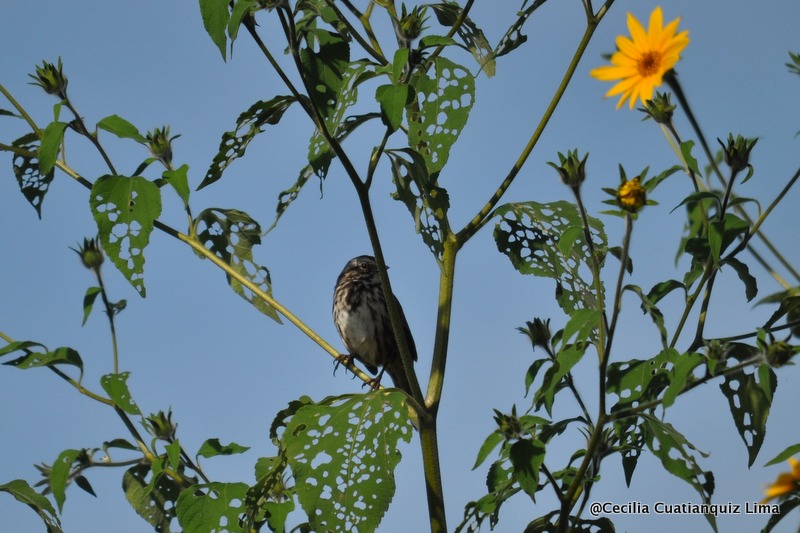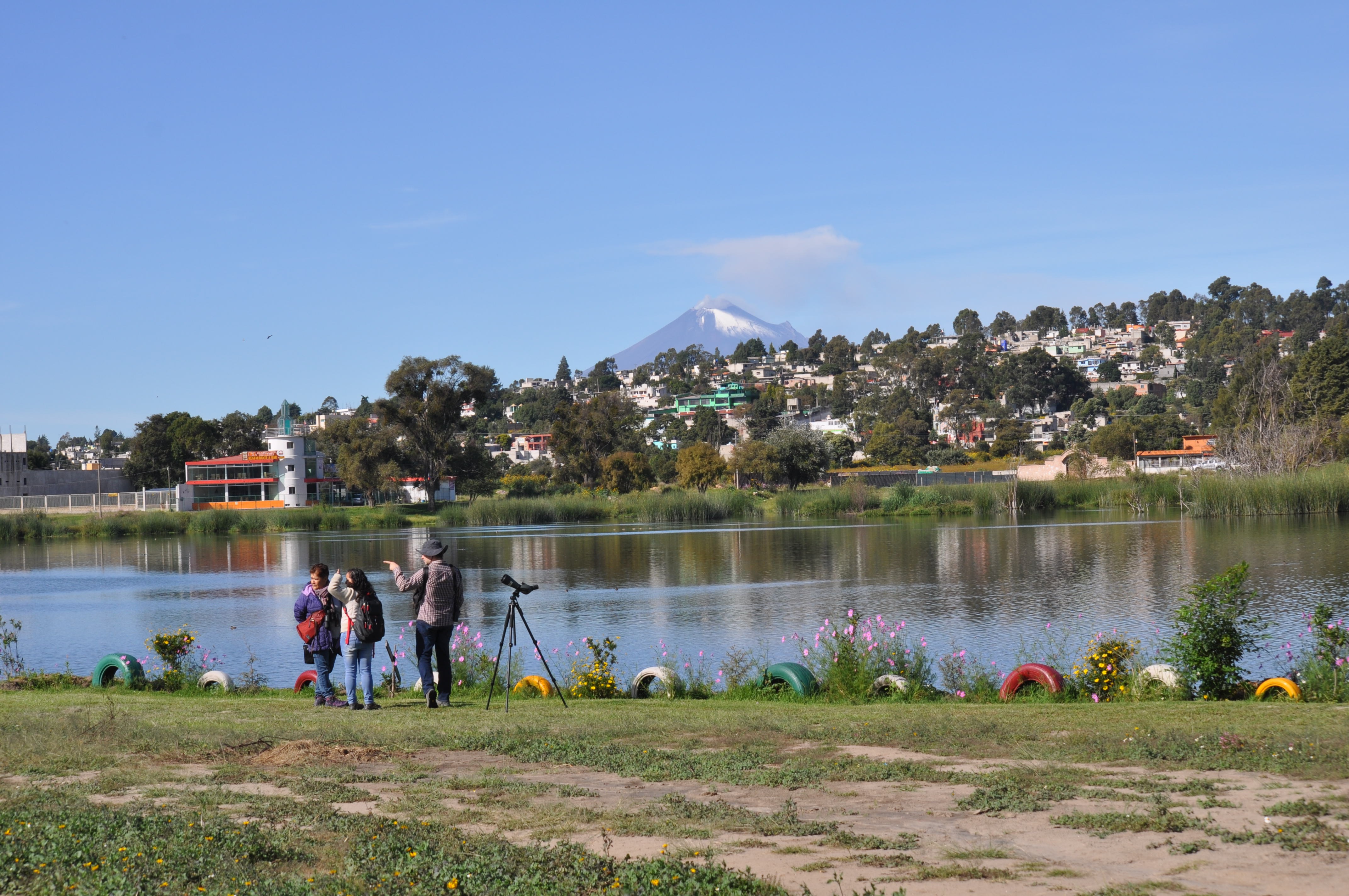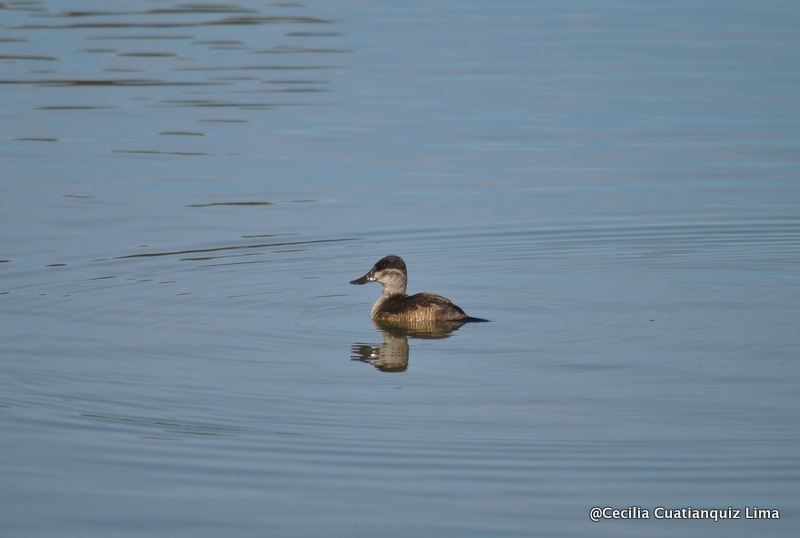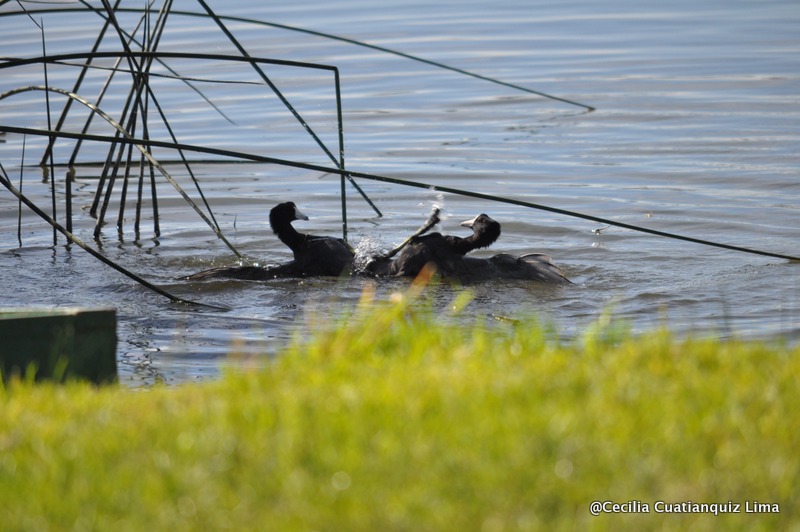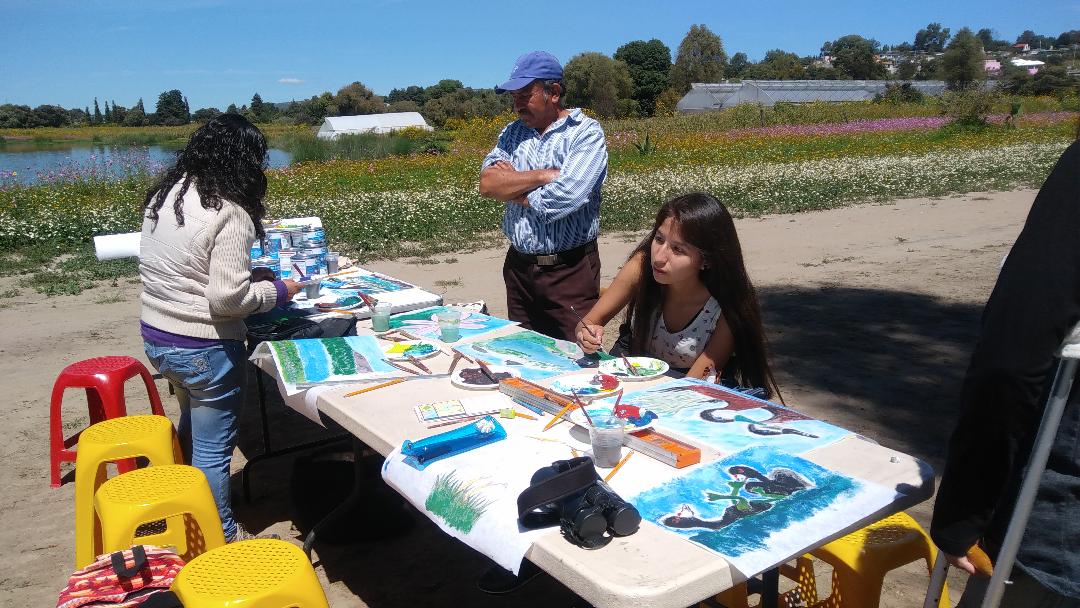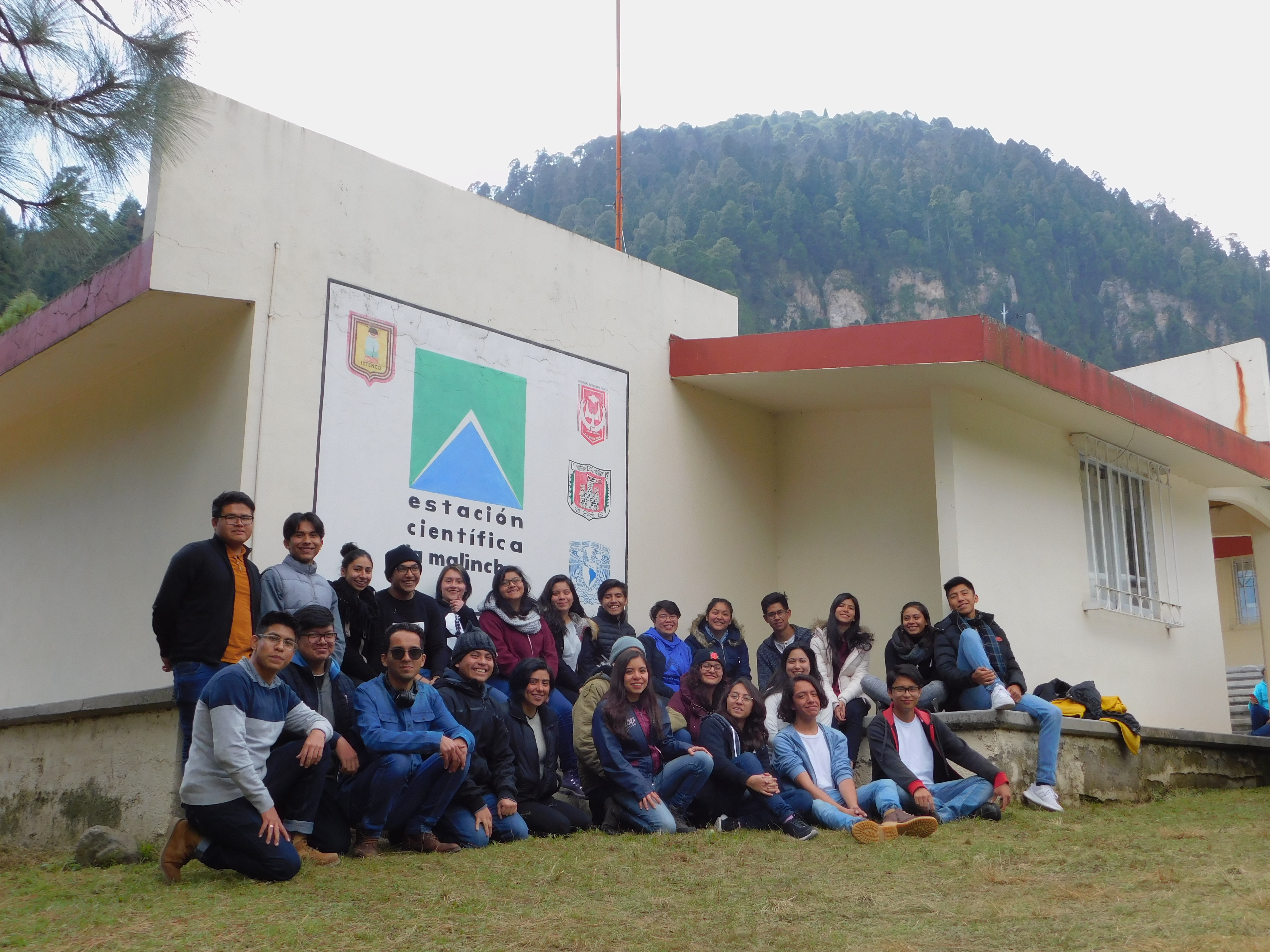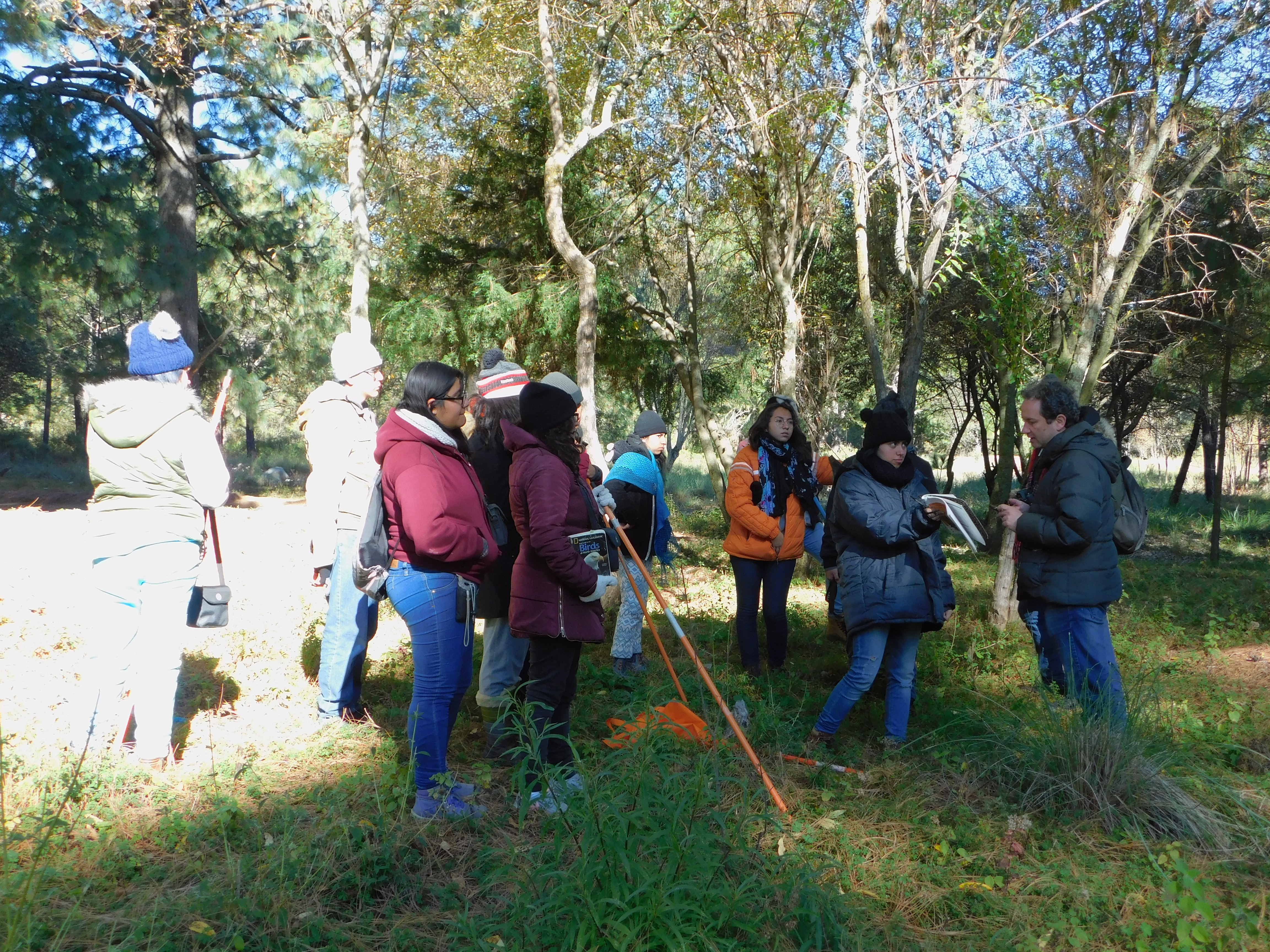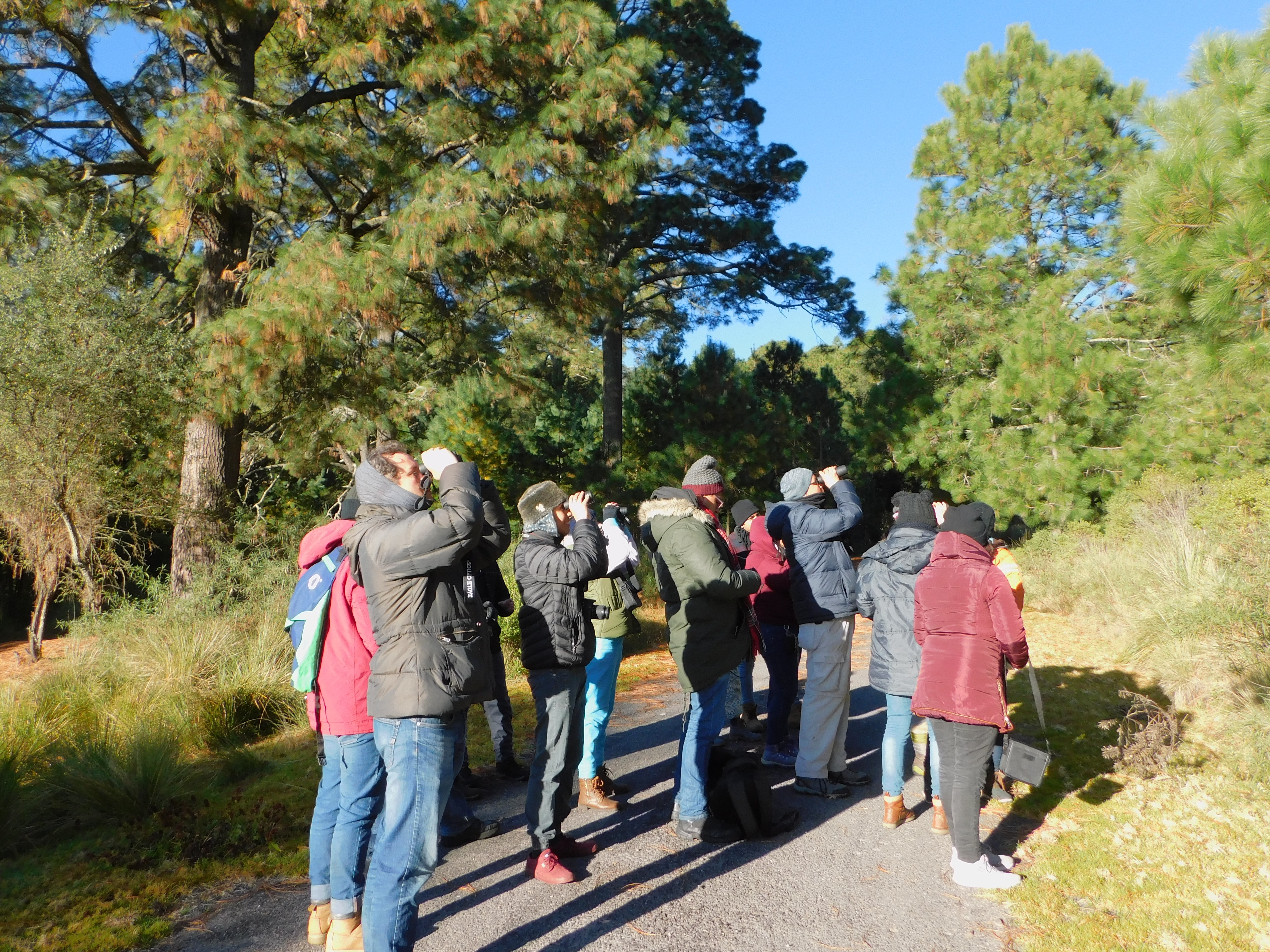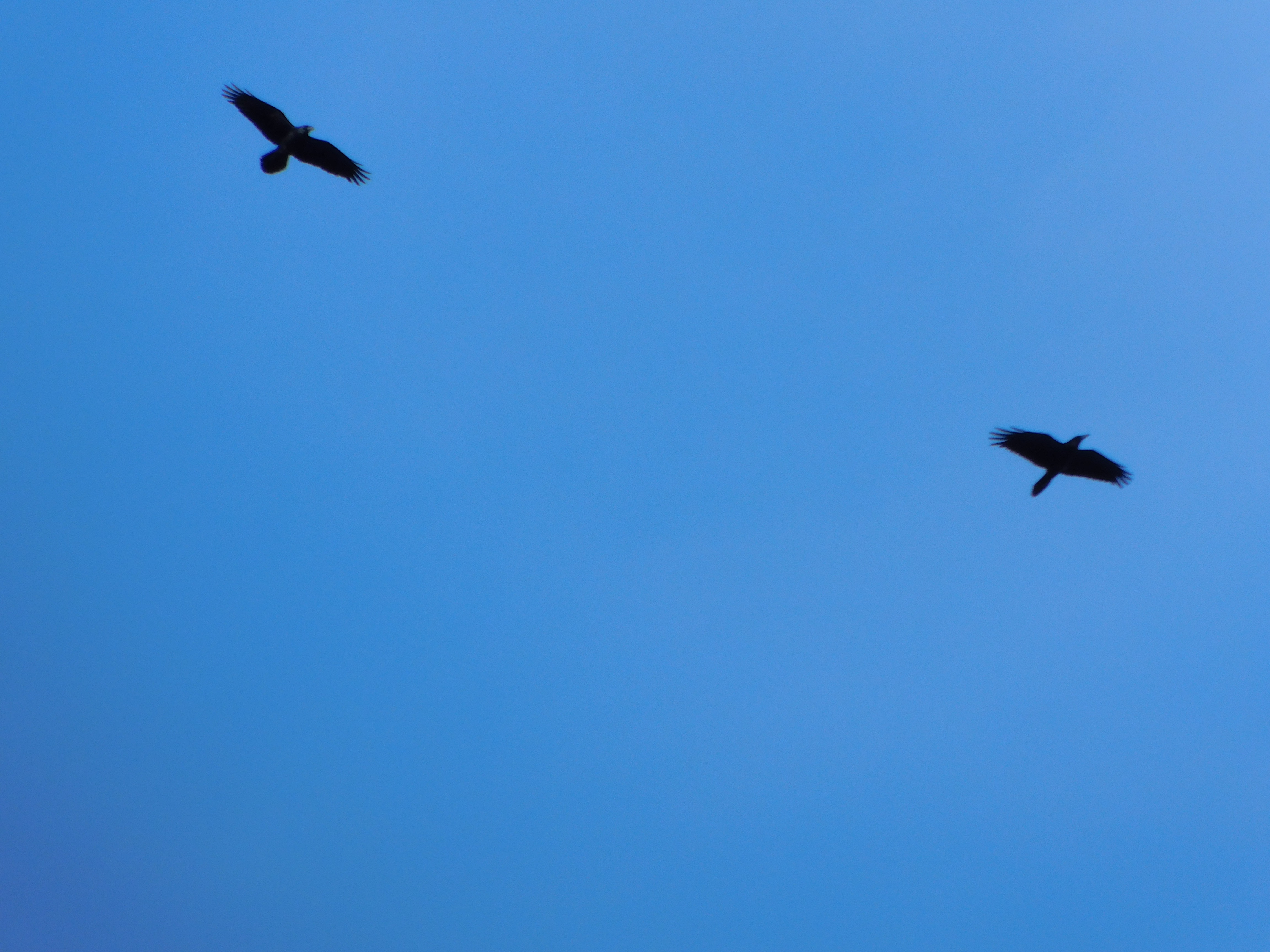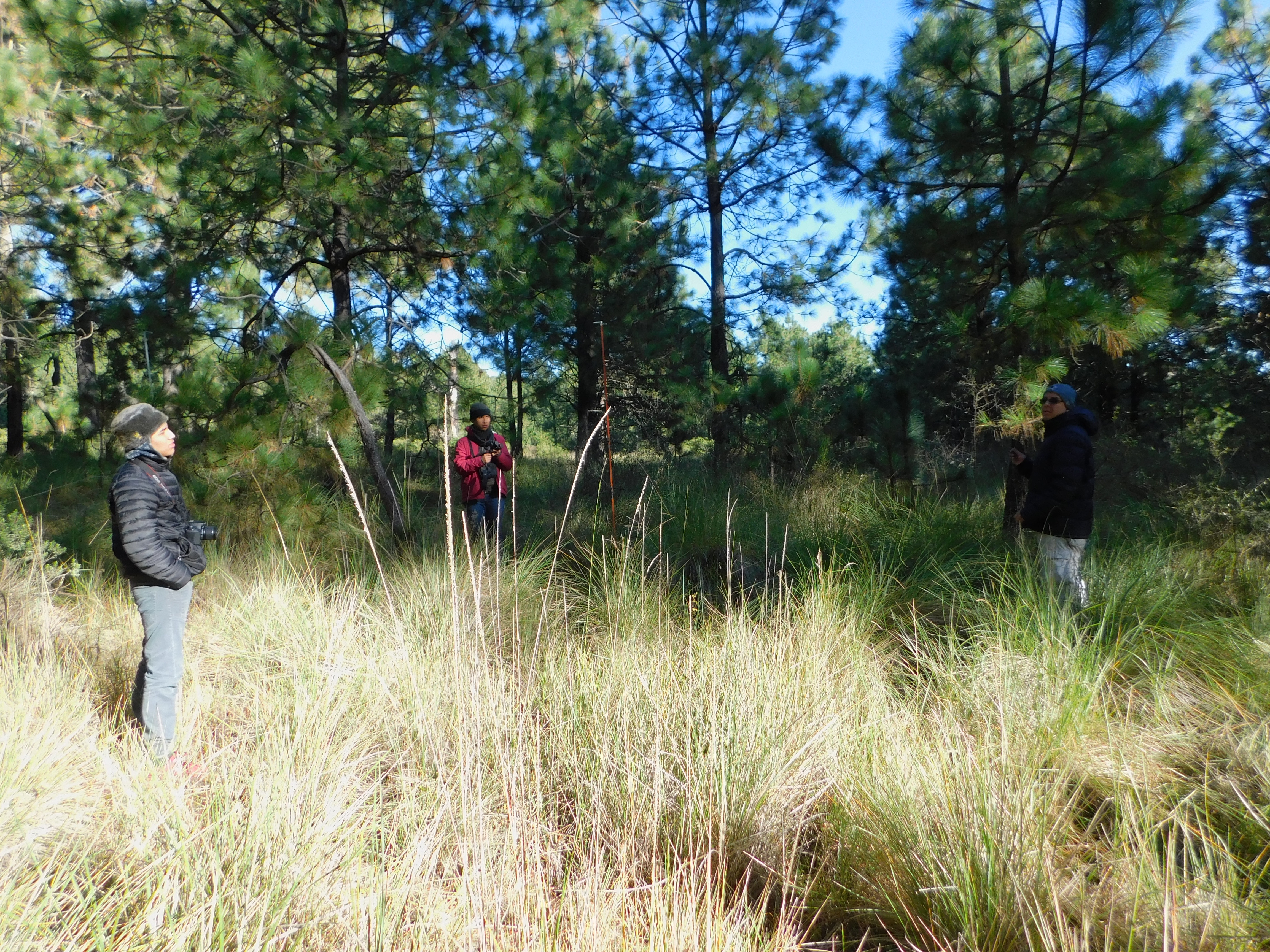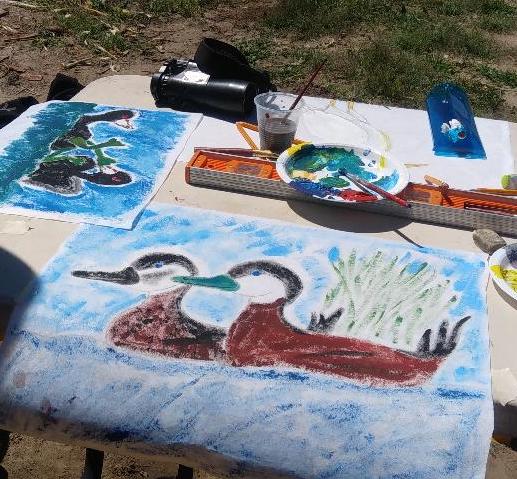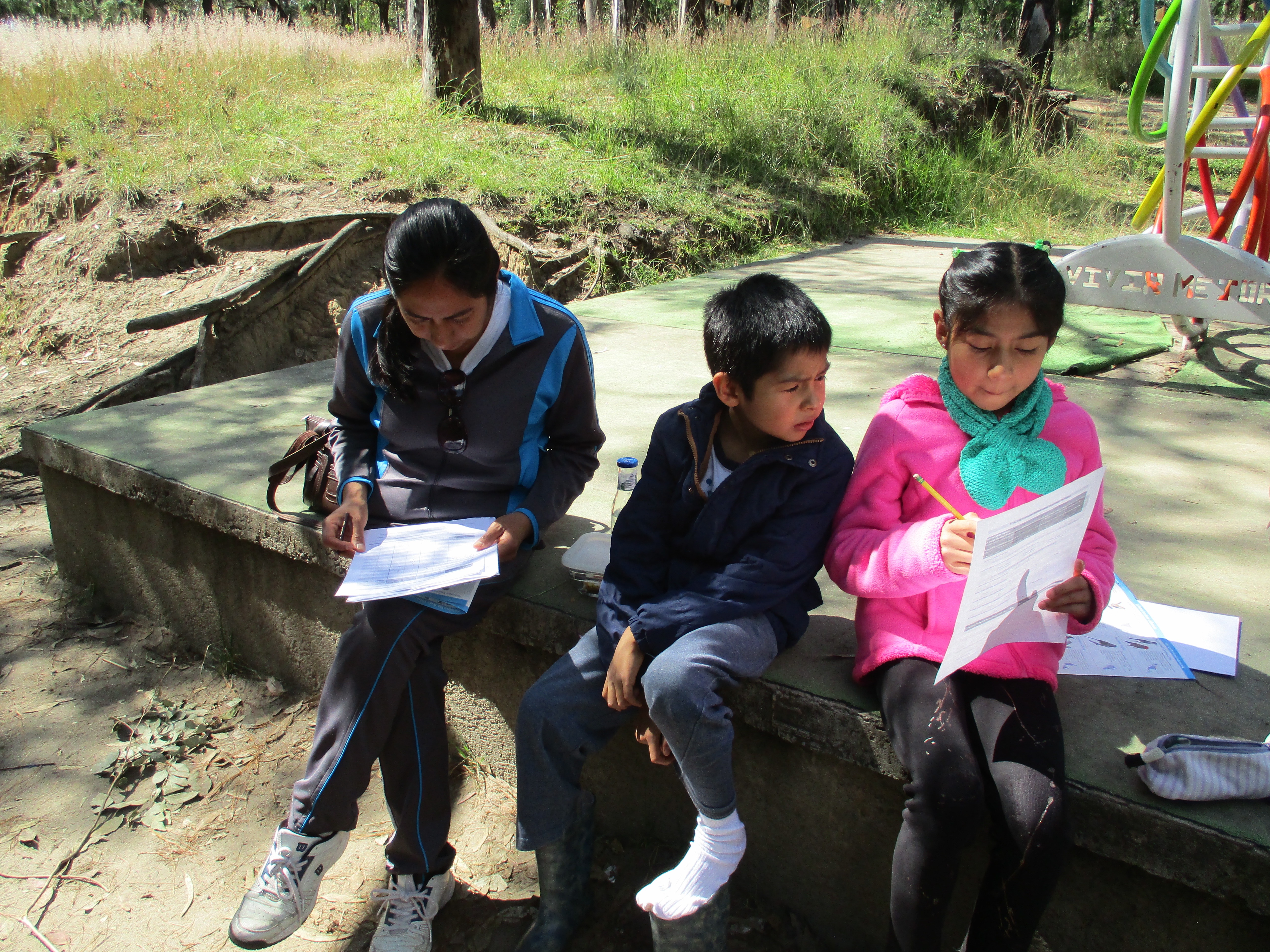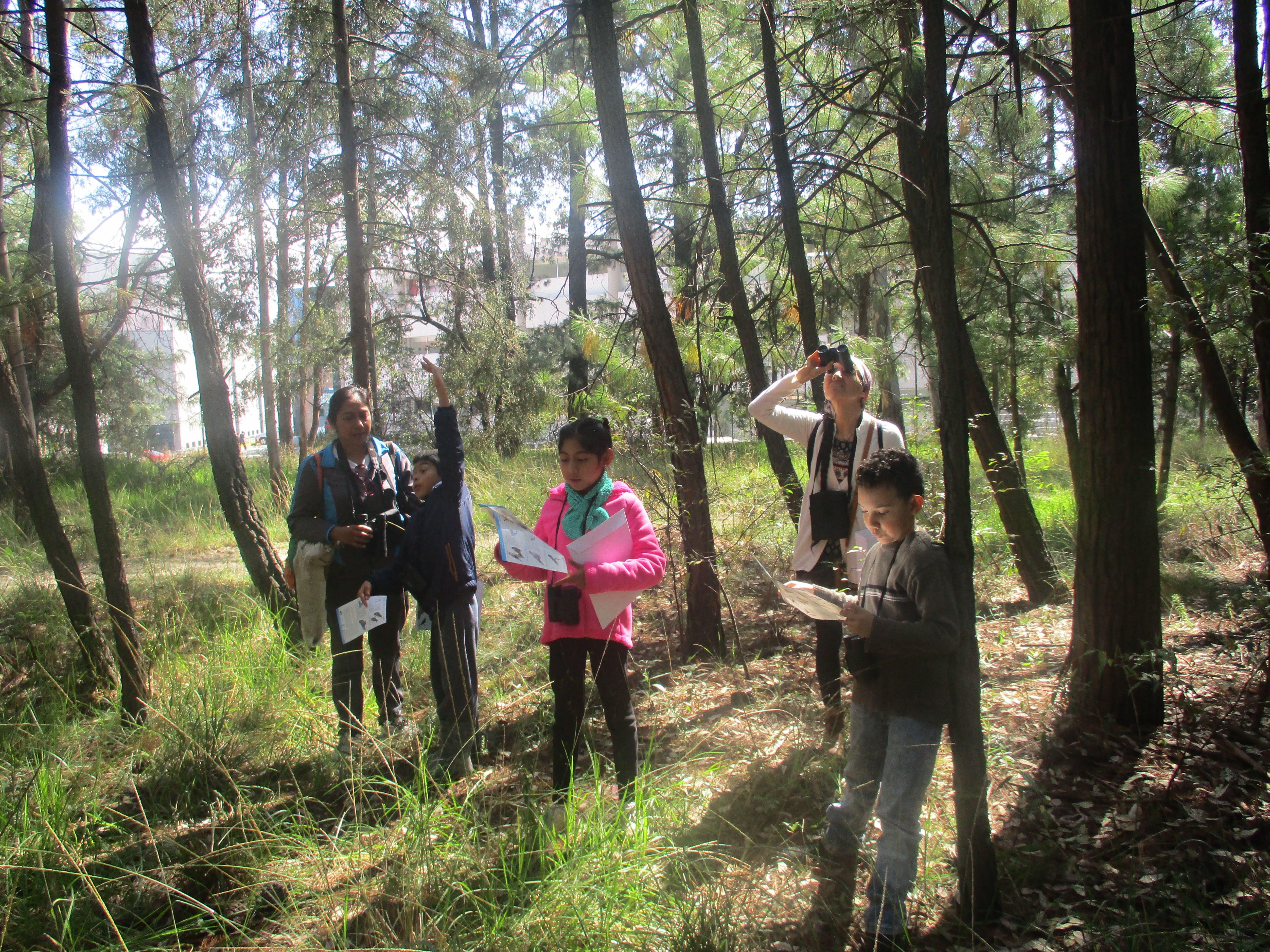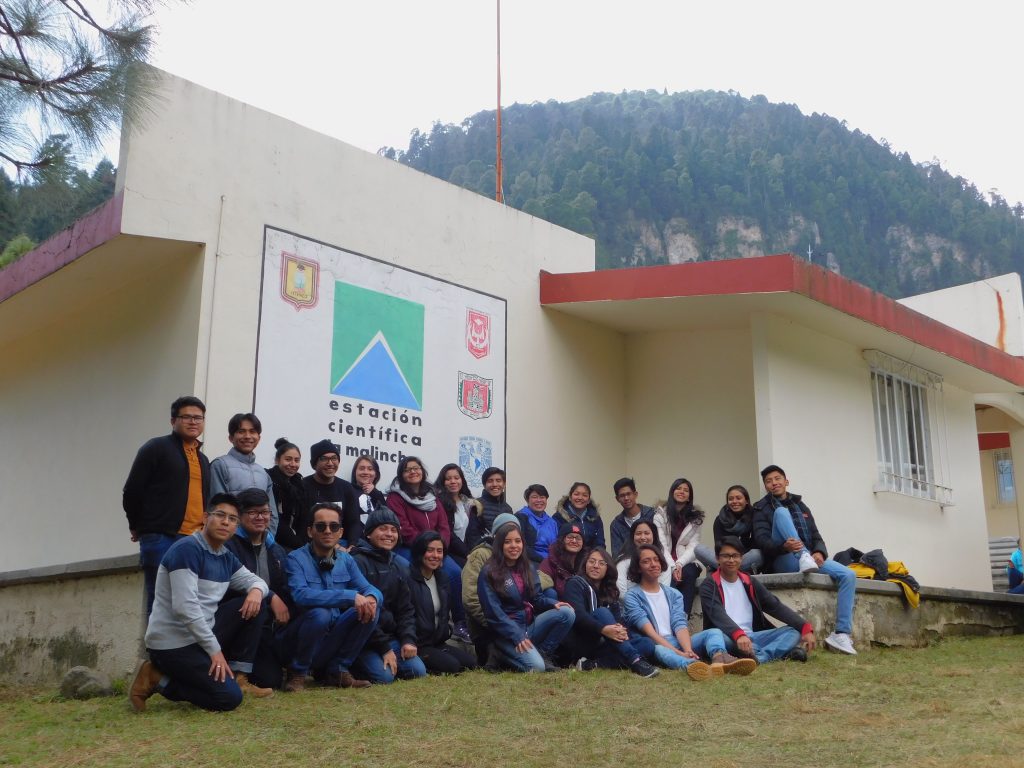 Photo ©
Estación Científica La Malinche
Photo ©
Estación Científica La Malinche
Bird watching can be done any day, at any time, in company or alone. Youth and adults from several schools were integrated and enjoyed watching the beautiful birds of Tlaxcala thanks to the members of the La Malinche Scientific Station (ECLM), located on the eastern side of the La Malinche National Park, and the Tlaxcala Center for the Biology of Behavior UATx-UNAM.
During the observations, the participants learned about the techniques and equipment needed to watch birds! They also learned about the benefits of observing birds, both for birds and for the people in their communities. With support from the educational materials of “Celebrate Urban Birds in Mexico” granted by CONABIO and a mini-grant for binoculars from the Cornell Lab of Ornithology and Optics for the Tropics, they were able to perform countless activities with different sectors of the population to observe and appreciate the wonderful birds of the region.
For several months the participants worked with an independent Waldorf Education group. The observations were made in an urban forest with many pines and eucalyptus vegetation. They were located in the center of the capital of the State of Tlaxcala. Because of the autumn-winter season, they could see a lot of birds! The participants enjoyed spotting colorful flocks of House Finches (Haemorhous mexicanus), Lesser goldfinches (Spinus psaltria), Yellow-rumped warblers (Setophaga coronata) and Townsend’s warblers (Setophaga townsendi). They also enjoyed watching the beautiful Vermilion flycatcher (Pyrocephalus rubinus), the active Broad-billed Hummingbird (Cynanthus latirostris), the beautiful White-eared Hummingbird (Hylocharis leucotis), the Canyon towhee (Melozone fusca), the Great-tailed grackle (Quiscalus mexicanus) and the tender Inca dove (Columbine Inca). It was exciting for youth and adults alike to see that several of the birds featured in the Celebrate Urban Birds in Mexico project were in their own environment! In addition to the observations made during the morning and in the afternoon at the homes of each of the participants, the families made observations in their backyard or in the urban parks they visited. The children were very motivated, and they used bird field guides and downloaded the Merlin Bird ID application on their parents’ cell phones to help identify the birds they observed more easily.
On the other hand, bird observation was also carried out with students from various universities who took the XXIII International Course on Biological Bases of Behavior. The observation was made in the Acuitlapilco Lagoon, a body of water very important for migratory birds. It is located in the center of the capital. It was beautiful to see many waterfowl such as the Papal Tepalcate (Oxyura jamaicensis), the White Heron (Ardea alba), the Tricolor Heron (Egretta tricolor), the Garza Ganadera (Bubulcus ibis), and a large number of American gallareta (Fulica americana). After the observation, the participants painted their favorite bird’s thanks to mentorship offered by Maestro Salvador Serrano González. In addition, they visited a greenhouse where they had a fantastic opportunity to see and learn about various medicinal plants, food plants and plants to attract hummingbirds. This last activity was directed by the group Patos Verdes al rescate (Green Ducks to the Rescue).
In November they made a tour to observe birds in the National Park La Malinche with students studying biology from Veracruzana University (Universidad Veracruzana). The students were able to watch birds and participate in some educational talks about the importance of preserving large trees, including old or dead trees since these trees are homes for a large number of species who nest in holes that make their trunk or branches. The students also learned that some bird species find their food inside the foliage and others use it during the night or as a refuge from predators. In addition, it was highlighted mammals, reptiles, insects, fungi and even other plants also use large trees. The participants were delighted to learn about these issues and how they can help protect birds and their natural environment.
One of the last activities carried out at the end of 2018 was a stay with students from various schools of the College of Sciences and Humanities incorporated to the National Autonomous University of Mexico (CCH-UNAM), who traveled to the La Malinche Scientific Station in Tlaxcala. This stay was designed for students interested in the areas of Biology, Chemistry, and Health, with the aim that the students would also be interested and come to value the birds and the incredible biodiversity of the region. The participants worked in a temperate forest, where they could recognize the environmental impact generated by humans, leading them to reflect on and establish economic, social, cultural and political causes and consequences of human actions in the environment. Also, the participants were involved in monitoring plants, fungi, insects, reptiles, birds and mammals in two zones— mature forest and forest in transition. This involved learning about different sampling techniques and the use of different materials and equipment. As a result, the binoculars were very helpful!
Participants and workshop leaders also had a fantastic discussion about the importance of birds and how to observe or monitor them. In the morning and in the evening, bird observations were made in the two types of forests, and the activities ended with a brainstorming session where the participants expressed their interest in birds and their concern for habitat loss among birds, in addition, the students were amazed and motivated by the experience of bird watching. The stay was organized by the Initiative to Strengthen the Academic Career in the Baccalaureate of the UNAM (INFOCAB PB201018). The professors who coordinated the stay were Julio Pérez Cañedo, Gabriel Tejeda Corona and Cecilia Cuatianquiz Lima.
Photography Credits are given to Cecilia Cuatianquiz Lima
Article Written by Ashley Calderon and Edited by Sanjna Das
